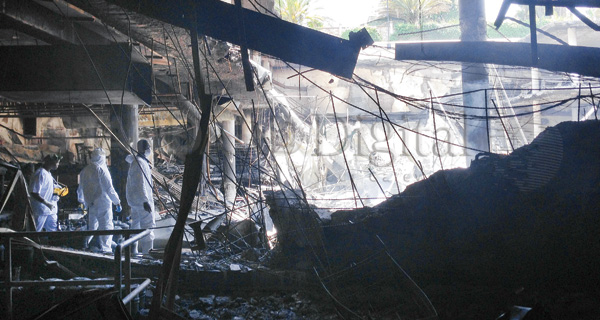×
The Standard e-Paper
Join Thousands Daily
 |
| The collapsed section of Westgate Mall |
By STANDARD TEAM
NAIROBI, KENYA: Two weeks after terrorists stormed the upmarket Westgate Shopping Mall and killed scores of people, there are still many unanswered questions.